Creativity Vs Connect Vs Cost: Weighing branded content for digital
Branded content is seeing new frontiers, while creating immense value for consumers in terms of information and entertainment. However, who is best positioned to create content for brands? Is it the in-house content studios of brands, creative ad agencies or third party specialised content creators?
A panel moderated by Akash Deep Batra, Head of Brand Communication, Corporate Brand & Digital, Nestlé India, at the recently concluded ad:tech New Delhi 2018 discussed the intricacies and issues involved in creating ‘Branded Content for Digital’. The panellists included Gurmit Singh, VP & MD, Oath; Karthik Nagarajan, National Director - Content & Social Media, GroupM; Tarun Tripathi, Chief Strategy Officer, OML; and Subhash Kamath, CEO & Managing Partner, BBH India.
The discussions commenced with the panellists defining ‘Branded Content’ and why they thought they were better equipped than the others. According to Gurmit Singh, branded content constitutes the regular campaigns. “It is very circumstantial and very context related and therefore, more engaging than what a normal campaign would be. In content marketing, we have got a publisher tool called ‘Tumblr’. And if you ask what advantage a publisher has, it includes distribution strength as well as having first party data. In a nutshell, it is an advantage to have partnerships,” he opined.
To Read More Visit Here.
Karthik Nagarajan noted that with time, content creation is being modernised. He pointed out that 15 years back only some artists or a band used to create content, whereas today the entire ecosystem has changed. “Now, anybody with a great idea can become a content creator,” he said, adding, “It is a long journey and the moment you say journey, you definitely need someone who is known for her choreography, leveraging the talent and also leveraging a great idea.”
“Branded content are the oldest content,” remarked Tarun Tripathi. He cited the example of an ad for chocolate cookies that Nestle did 30 years ago on radio. “So, it’s nothing new. Every time you are using that media, you have to be honest to that media,” he added. According to Tripathi, the digital medium has three uniqueness:
- Democratisation
- Measurability
- The content is actually trash
Meanwhile, for Subhash Kamath, we use many different words when we set a context. “Very recently, in one of the presentations I saw that 52 per cent of smartphones in India have deployed some kind of ad-blocking software. The number may be more than 52 per cent, but the point is that people are paying money to avoid advertisements. But on the other hand, people are willing to pay for premium content. I won’t define branded content as it comes in different forms, but we have to learn from it. Netflix has a good amount of data, but they still need an amazing creativity like ‘House of Cards’. To make branded content successful, we need to understand the brand strategy, the audience. It should be well produced, executed and distributed.”
Understanding brands
Quoting from his own experience, OML’s Tripathi narrated that for the last 15 years he had been working with established brands. He stressed that brands have to be honest to themselves. They have to evolve for audiences, their consumers. They also have to understand their mental and physical abilities as well as indifference and authenticity.
“Because we are content creators, every brand says that the consumer is at the centre and we actually believe it. However, I think that content is not magic. It is not going to solve the invisible problems that we have. No brand is silly enough to do something with us if we are not fulfilling their requirements,” he added.
Oath’s Singh quipped, “You understand a brand the same way you understand your wife – by spending time with them. How you create content after you know the brand is by acquiring particular skills which you don’t have. When one builds those creative skills that are important for branded content, you will have other things as well.”
Generating data to create content
Sharing some of his own experiences, Kamath of BBH India said, “I have spent my entire life in understanding my consumer. The best of traditional advertising is completely rooted in consumer insight. Of course, there are bad ads, but the best ads that you have seen are rooted in consumer thinking.”
To Read More Visit Here.
According to him, traditional media is more of carpet bombing, but when one does months and months of strategic planning, it creates an emotional connect or a proposition that moves the consumer. “The issue is, in the fast paced growth scenario do we understand the consumer enough? I don’t have a problem in understanding the consumer. We are not trying to create content for content’s sake, otherwise I would have been in Netflix. I am here to help a brand use content to connect in a better way with its consumers. For example, Red Bull it is not just a drink, it’s a content brand. It’s an amazing way to market it,” he added.
Creating content at scale
“Video is something which is going to give us a lot of scale,” affirmed Singh, adding that if one sees video in the context of Jio and what it has done to 4G, the amount of data that is consumed in India today is more than that of China or other parts of the world.
He further said that another important thing to keep in mind is how to get more engaging with content. “One of the few things that we have seen evolving in the last few years is AR and VR. Our opinion is that AR is one of the more interesting of the two, which will give us a lot of uniqueness in the entire space as well as engagement,” Singh added.
Karthik Nagarajan, on the other hand, felt that traditionally creativity has been more democratic. He noted, “You have to make sure that your TVC talks to your outdoor banner, your social media post, your tweets, your customer care service. This means that one should be ready for two things: First, transforming yourself to make sure creativity is not entirely outsourced, and secondly, you also need to make sure that you are listening to the world around you. So, I can’t think of a connective tissue that is today as powerful as media investment.”
He further opined that in order to create content one needs to work at two levels – first is working with influencers and secondly, working with the creative agencies – because “at the end of the day no matter how much we work, we still rest with the creativity. You should be able to lean on others to get better output”.
According to Gurmit Singh, the first question is how to recover cost. He maintained that good content should be ready to be utilised on multiple channels. “While in the traditional way you are on your own platform, for digital you tie up with others and make your content available to consumers which extends the reach. Therefore, this brings down the cost,” he added.
Monetising branded content
The panellists felt that one would get meaningful content only if the person making the content gives life to it. They felt that there was ample amount of creativity and content in the conversation of measurement, ROI, reach. The creative idea has become a non-working medium. So, if one has a team which has that respect, the overall content strategy over time will resonate with the brand.
Here, Subhash Kamath noted, “When content is created, it involves not just the traditional guy, you also have people from content strategy, technology, producers, video editors and people who are multi-tasking. We call them ‘Preditors’ (Produce, Edit, Direct) – there is a huge amount of skill set involved. You can’t stay in the traditional skill set; you have to create newer talents to make this skill set happen.”
Continuing further, he said that even in video there is science and art that need to come together. “I can create a massive film production or television content and put the same thing on mobile, but it doesn’t work like that. When you make for mobile, you think more about close-up shots, less dependence on words, and so on. So, one needs to understand what people are consuming. If you look at the production ecosystem, there is younger talent available today who are ready to produce at a very low cost,” Kamath added.
To Read More Visit Here.


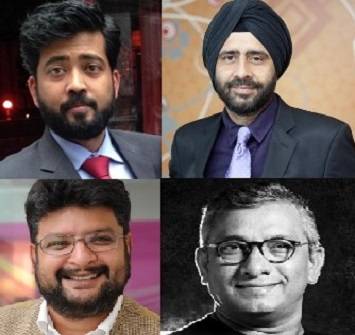

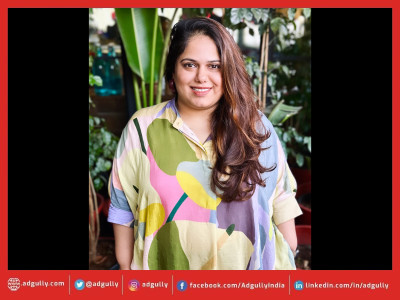
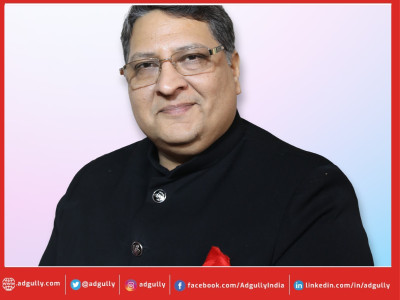
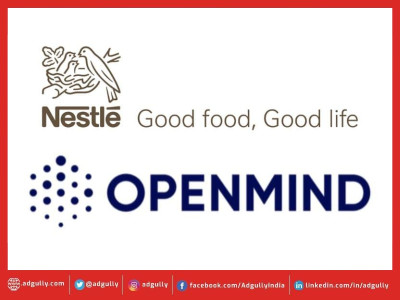

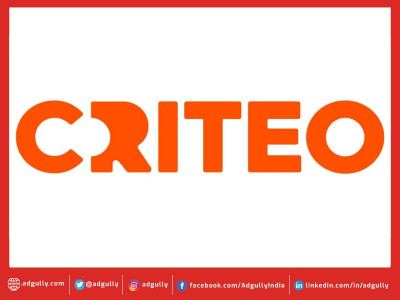
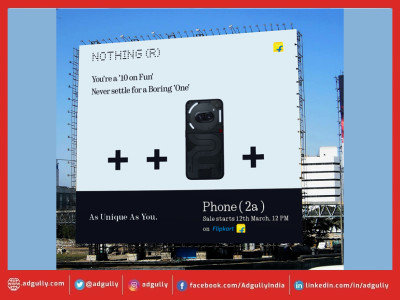

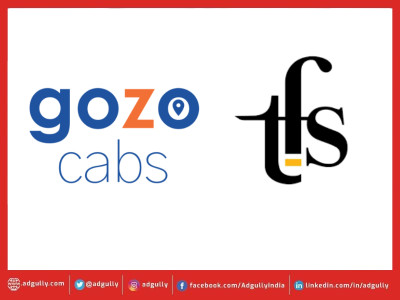


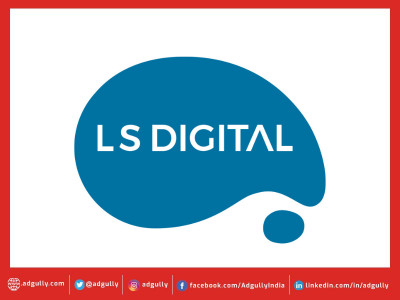


Share
Facebook
YouTube
Tweet
Twitter
LinkedIn